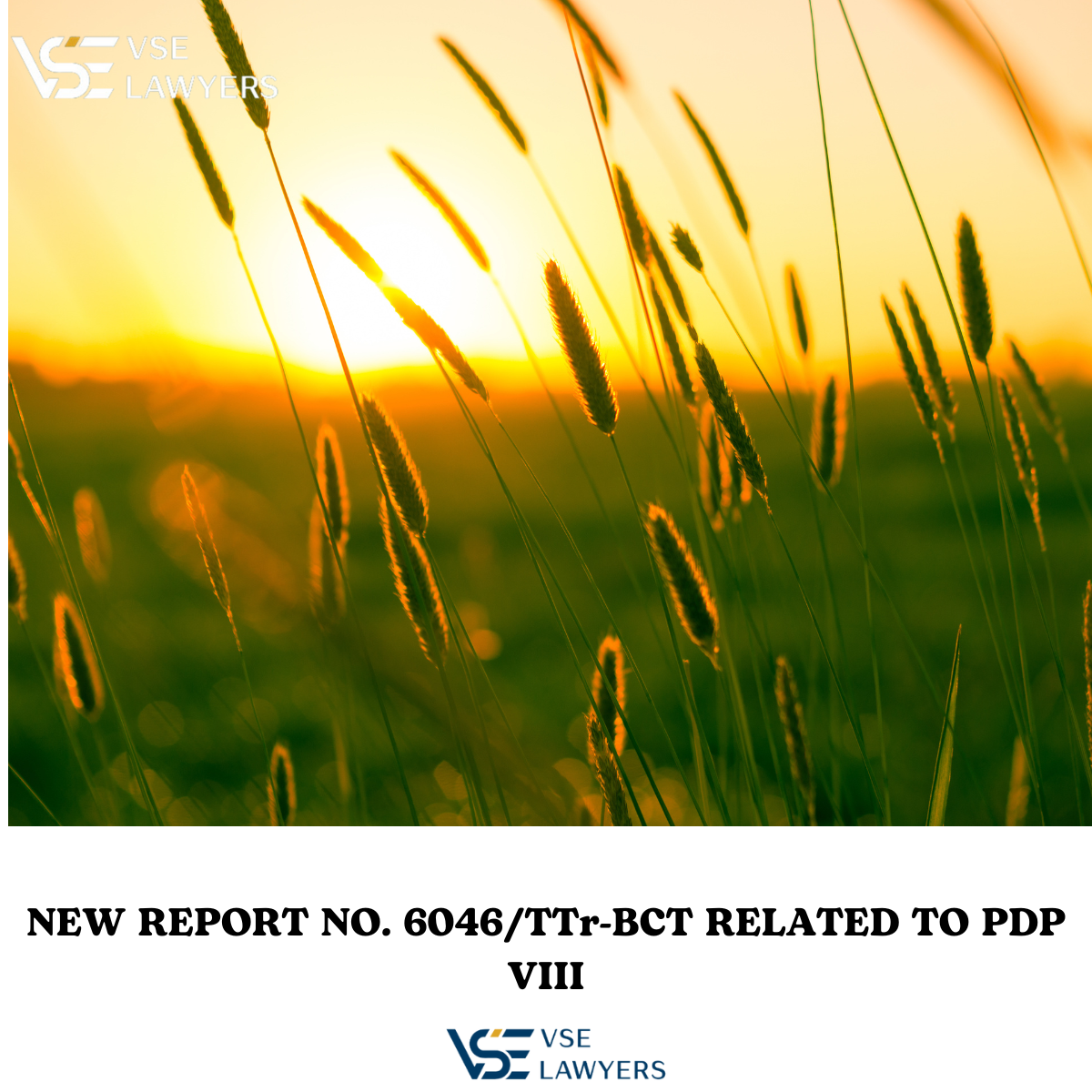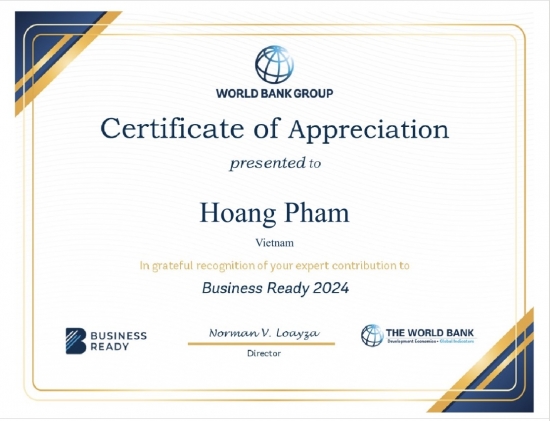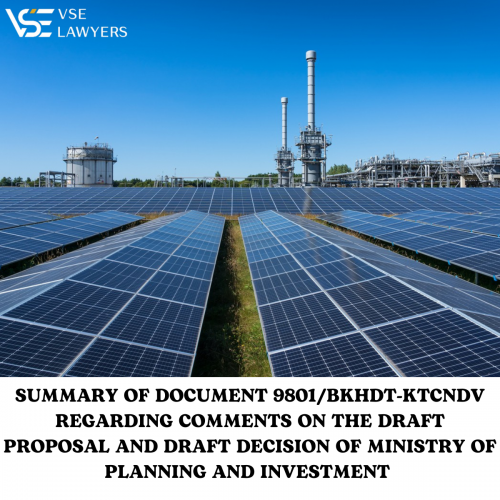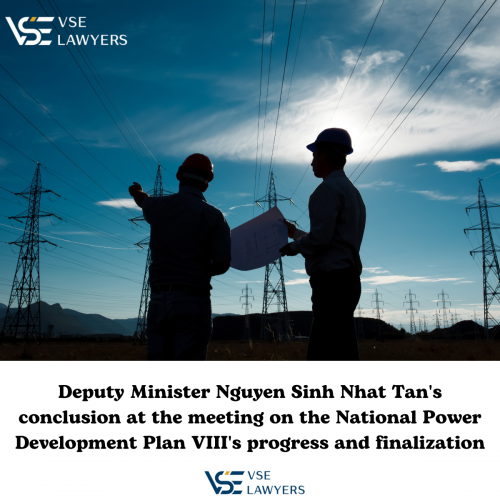NEW REPORT NO. 6046/TTr-BCT RELATED TO PDP VIII
On August 31, 2023, the Ministry of Industry and Trade submitted the Report No. 6046/TTr-BCT to the Prime Minister and Deputy Prime Minister, proposing the issuance of a Plan for Implementing the National Electricity Development Master Plan for the 2021-2030 period, with a vision to 2050.
05/09/2023

On August 31, 2023, the Ministry of Industry and Trade submitted the Report No. 6046/TTr-BCT to the Prime Minister and Deputy Prime Minister, proposing the issuance of a Plan for Implementing the National Electricity Development Master Plan for the 2021-2030 period, with a vision to 2050.
The implementation plan of PDP VIII includes 9 programs, concretizing the main contents:
- Detailed forecast of electricity demand results
- Investment plan for power sources and power grids
- Plan and land usage requirements for electricity development investments.
- Solutions and resources for implementation.
The process of calculating the capacity of renewable energy and small hydropower sources involves three main steps:
- Data collection and processing.
- Reviewing the progress of significant electricity source projects, prioritizing investments, and calculating the remaining electricity source capacity by region/province.
- Calculation and verification.
Renewable energy and small hydropower projects are divided into total capacity for each locality, without specifically calculating each project's power source. Choosing a specific project will make the locality directly responsible.
The results of the calculations for various energy sources are as follows:
- Large-scale electricity sources
Major electricity projects have extended investment and preparation periods for construction. Apart from assessing them based on system requirements, it's crucial to consider the practical implementation conditions when establishing the operational plan. These energy sources will be categorized according to their type, region, and the anticipated operational timeline.
- Offshore wind energy
The legal framework for offshore wind energy development is still unclear. The plan calculates the capacity of offshore wind energy development by region, as indicated in Appendix 2.
- Renewable energy sources
- The total capacity of rooftop solar power development by 2030 is projected to be 2,600 MW. The calculation of this capacity takes into account Decision No. 500/QD-TTg and adapts to the development conditions of each province, meeting on-site demand. By 2030, approximately 50% of office buildings and residential homes are expected to use self-produced solar rooftop energy
- Wind energy projects, encompassing both wind power plants and associated power grids, have received the green light for ongoing development. However, it's imperative that they adhere to the legal requirements and standards specified in Decision No. 500-QD-TTg. The envisaged expansion of wind power sources entails a total capacity of 12,239 MW.
- The selected hydroelectric projects must meet criteria related to legal compliance, environmental considerations, and transmission costs. According to statistics, the total approved capacity for small hydroelectric sources in the planning is 11,069 MW, which is approximately 1,300 MW higher than the capacity allocated for this category in the PDP VIII.
- Biomass and waste-to-energy sources selected must adhere to criteria regarding environmental treatment, infrastructure, cost-effectiveness, and expenses. The development scale of biomass and waste-to-energy electricity generation by 2030 is projected to reach a capacity of approximately 2,270 MW or more.
- Other types or sources
- By 2030, the list of potential small hydropower projects expected to be developed is outlined in Appendix 8.
- Battery storage-based electricity sources are planned for pilot testing with a total capacity of 100 MW by 2025 in the Northern region and renewable energy-focused areas. By 2030, it is anticipated that the capacity will be increased to approximately 300 MW or more if favorable conditions allow.
- Capacity for imported and exported electricity sources.
The Report outlines the need for synchronized measures across multiple sectors to ensure the successful implementation of the Plan. Accordingly, responsibilities are assigned to various Ministries, Departments, People's Committees of provinces and centrally-run cities, EVN (Electricity of Vietnam), and other corporations to carry out these measures.
See the full document here
----------
For more information, please contact:
Hoang Pham (James) / Managing Partner at: hoang.pham@vselawyers.com
© 2023 VSE LAWYERS LIMITED LIABILITY LAW COMPANY – All rights reserved.
Attention: This legal update is not an advice and should not be treated as such.
Subscribe To Legal Advice from VSE Lawyers
If you would like to have any legal questions, please contact us for our advice


.jpg)

